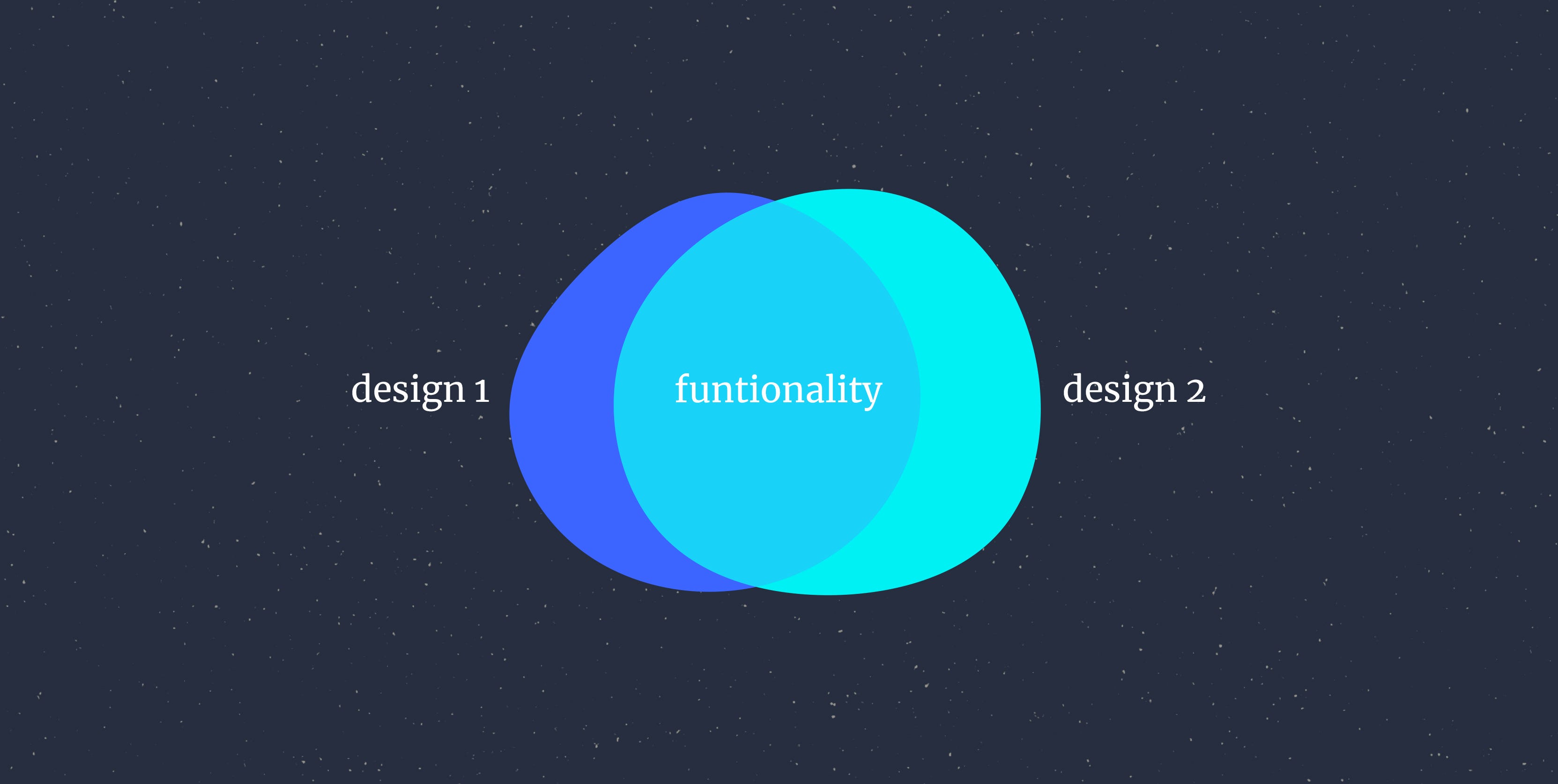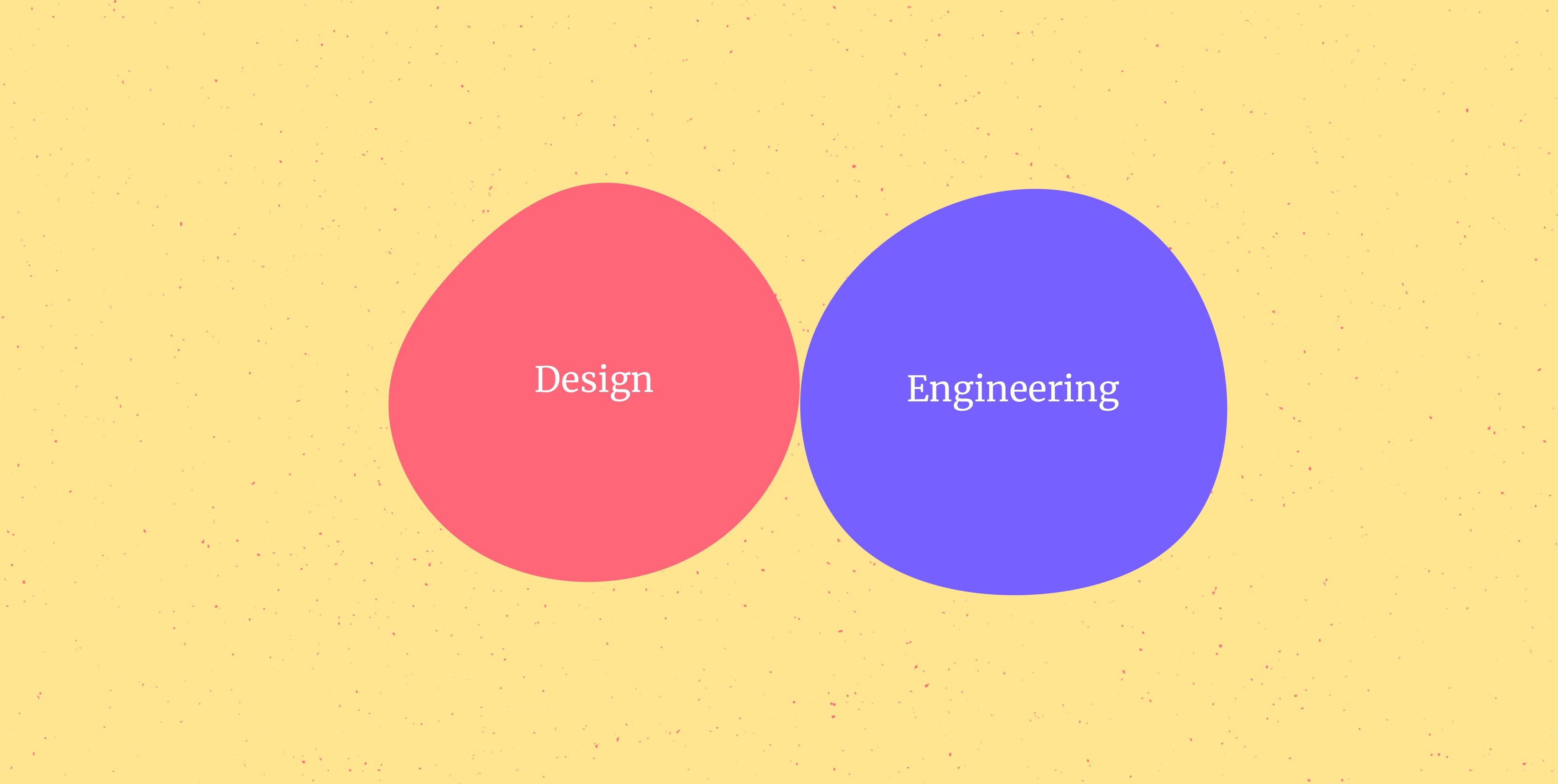什么是设计模式
Imagine, you are out waiting for a taxi. You are about to miss your appointment. You wait for minutes but Good Lord! — there’s not a single taxi that can offer you a ride.
想象一下,您正在外面等出租车。 您将错过约会。 您等待几分钟,但好主! -没有一辆出租车可以为您提供乘车服务。
This is a problem, and it needs to be solved. So, you come up with an idea that you will connect yourself with every taxi driver in the city through an app so that they are notified when and where you need them. Just like that — you have your million dollar idea and you forget about your appointment, get back to your apartment to plan out everything that you need to do to make that app happen.
这是一个问题,需要解决。 因此,您想到了一个想法,可以通过一个应用程序将自己与城市中的每个出租车司机联系起来,以便在需要的时间和地点通知他们。 就是这样-您有数百万美元的想法,却忘了约会,回到您的公寓,计划一切以实现该应用所需的一切。
This is how we can define Design. It’s a plan or specification to construct something that only exists because there is a need. Through Design, you are taking a step toward solving the problem. Remember, the problem isn’t solved yet, you need to construct (development) the entire product according to your plan (Design) to actually solve the problem.
这就是我们定义设计的方式。 这是一种计划或规范,用于构造仅因需要而存在的事物。 通过设计,您正在朝解决问题迈出一步。 请记住,问题尚未解决,您需要根据计划(设计)构造(开发)整个产品才能真正解决问题。

设计的作用 (Roles of Design)
As we have learned earlier that the purpose of Design is to initiate a solution to a problem, this initiative can be divided into two roles:
正如我们先前所了解的那样,设计的目的是发起问题的解决方案,该计划可以分为两个角色:
- Making the solution functional 使解决方案发挥作用
- Making the solution look good 使解决方案看起来不错

Look at this button design. The functional role of the Design is to make you click on the button. On the other hand, the secondary role is to make it look appealing.
看一下这个按钮的设计。 设计的功能作用是使您单击按钮。 另一方面,次要作用是使其具有吸引力。
好的设计还是不好的设计? (Good Design or Bad Design?)
Based on the evaluation of these two roles, we can easily distinguish good designs from bad ones. A good design makes the solution (read product) perfectly functional and aesthetic at the same time. A perfectly functional, but not so aesthetic solution can also be a result of good Design. However, if a design offers an aesthetic solution with bad functionality, it is just a bad design.
根据对这两个角色的评估,我们可以轻松地将好的设计与坏的设计区分开。 良好的设计可以使解决方案( 读取产品)同时完美地发挥功能和美观。 一个好的功能,但不是那么美观的解决方案也可以归功于良好的设计。 但是,如果设计提供的美感解决方案具有不良的功能,那么它就是一个不良的设计。
“Design is not just what it looks like and feels like. Design is how it works.” — Steve Jobs
“设计不仅是外观和感觉。 设计就是它的工作方式。” —史蒂夫·乔布斯
艺术或科学 (Art or Science)
Is design art, or is it science? Before we dive in, let’s take a step back and refresh the fundamentals.
是设计艺术,还是科学? 在深入探讨之前,让我们退后一步,刷新一下基础知识。
Art is an expression of human creation of which the primary purpose is to convey emotions, thoughts, desires, or intuitions; an artist communicates with the audience through art. On the other hand, science is a system of acquiring knowledge that encompasses systematic study through observations and experiments.
艺术是人类创造的一种表达,其主要目的是传达情感,思想,欲望或直觉。 艺术家通过艺术与观众交流。 另一方面,科学是一种获取知识的系统,其中包括通过观察和实验进行的系统研究。

While artists and designers often use similar tools, Design is far from art. Moreover, despite both Design and science requiring systematic study, they are not synonymous. The bottom line is that Design is an aggregate of both. It is neither as subjective as art nor as objective as science. Unlike art, Design is not contingent on personal views. Contrary to science, it does not limit itself to solid reality.
尽管艺术家和设计师经常使用类似的工具,但设计远非艺术。 而且,尽管设计和科学都需要系统研究,但它们并不是同义词。 底线是设计是两者的综合。 它既不像艺术那样主观,也不像科学那样客观。 与艺术不同,设计并非视个人观点而定。 与科学相反,它并不局限于实体现实。
In a nutshell, Design lies in the middle.
简而言之,设计位于中间。
是设计艺术吗? (Is Design Art?)
Design can convey emotions and intuitions of the designer as art does. However, the purpose of Design itself is crucial to distinguish between Design and art. Although Design also communicates with its audience, its objectivity and universality separate it from art. Art expresses itself with its visibility, while Design by its solution and stays unnoticed. (you will understand this by the end of the article).
设计可以像艺术一样传达设计师的情感和直觉。 但是,设计本身的目的对于区分设计和艺术至关重要。 尽管设计还与观众交流,但其客观性和普遍性将其与艺术区分开。 艺术以可见性表达自己,而设计以其解决方案表达自己,却不被关注。 (您将在本文结尾处了解这一点)。
是设计科学吗? (Is Design Science?)
Just like science which is the system of acquiring knowledge, Design is a system of making a plan. Although both having systematic approaches toward them and research being part of the systems, the purpose is quite different — science offers explanations, while Design provides solutions.
就像科学是获取知识的系统一样,设计也是制定计划的系统。 尽管对它们都有系统的方法并且研究是系统的一部分,但目的却大不相同-科学提供解释,而设计提供解决方案。
Art is in your heart but the heart doesn’t necessarily suggest you a solution, design does and so does brain!
艺术在您的心中,但内心不一定会为您提供解决方案,设计也可以为您提供灵感!
设计的客观性 (The Objectivity of Design)
We keep saying that art is subjective, science is objective, and Design is somewhere in between. Let’s try to visualize that for a moment.
我们一直在说艺术是主观的,科学是客观的,而设计则介于两者之间。 让我们试着想象一下。
Suppose we want to design a movie poster. Now let’s put that in the context of our definition of Design — Design, only exists when there is a need, is a plan to create something to initiate a solution to a problem. The Design of the poster will only exist because there is a need. What can be the need here? Marketing needs.
假设我们要设计一个电影海报。 现在,在我们对设计的定义的上下文中,将设计放到设计中,即只有在有需要时才存在,它是创建一些东西来启动问题解决方案的计划。 海报的设计只会存在,因为有需要。 这里可能有什么需要? 营销需求。
Next, the Design will initiate a solution to a problem. So, what’s the problem, and what’s the solution to the problem? The problem is that people won’t watch our movie unless they know about its existence and are intrigued to watch it. The physical poster that will let people know about the movie and intrigue them is the solution.
接下来,设计将启动问题解决方案。 那么,有什么问题,有什么解决方案呢? 问题在于,除非人们知道我们的电影并且对它感兴趣,否则他们不会观看。 解决方案就是让人们了解电影并吸引他们的物理海报。
At this point, we have defined our problem and have an idea about the solution. Let’s hire two talented designers to create a model of the solution so that our expectation of the solution meets the reality after the Design is implemented. Now, we provide the designers with the necessary information. Let’s assume that both of them will create great designs (because we hired great designers).
至此,我们已经定义了问题,并对解决方案有了一个想法。 让我们聘请两位才华横溢的设计师来创建解决方案的模型,以便我们对解决方案的期望能够在实施设计后满足现实。 现在,我们为设计师提供了必要的信息。 假设他们两个都将创造出色的设计(因为我们聘用了出色的设计师)。
Once submitted, let’s compare the designs. What are the differences, and what are the similarities? Obviously, both will look significantly different from each other. However, the significant similarity we will notice is that both are communicating the same thing, both the designs are intriguing the viewers, and both are containing a similar set of elements (texts, images, graphics).
提交后,让我们比较一下设计。 有什么区别,有什么相似之处? 显然,两者看起来将彼此显着不同。 但是,我们将注意到的一个显着相似之处是,两者都传达着同一件事,两种设计都吸引着观众,并且都包含一组相似的元素(文本,图像,图形)。

Let’s revise the roles of Design we have learned earlier. We use Design to make the solution functional and look good. Now let’s put these roles into the context of our poster design example. The aesthetic aspect of the designs varied, where the functionality remained the same. It leads us to the conclusion that the functionality aspect of a design is objective and universal. However, the looks will always be subjective.
让我们修改一下我们先前学习的设计角色。 我们使用Design来使解决方案正常运行并看起来不错。 现在,让我们将这些角色放入海报设计示例的上下文中。 设计的美学方面各不相同,而功能保持不变。 它使我们得出结论:设计的功能性方面是客观且通用的。 但是,外观始终是主观的。
设计与工程 (Design and Engineering)
Are designers engineers, or is it the other way around? To answer this question, we can divide the product development process into two components. To make a solution (read product) functional —
是设计师工程师,还是相反? 为了回答这个问题,我们可以将产品开发过程分为两个部分。 为了使解决方案(阅读产品)正常运行,
a. the specification (or plan) should be made according to the user requirements,
一个。 规格(或计划)应根据用户要求制定,
b. the product should be constructed according to the specification.
b。 产品应根据规格进行构造。
People responsible for the former are called designers and people responsible for the latter are called engineers. If we observe carefully, designers are more responsible for ensuring pleasurable human interaction with the product; they closely work with humans to ensure that. On the other side, engineers are more accountable for constructing the product in such a manner that the product functions according to the specification and doesn’t fall apart; they mostly work with the construction tools.
对前者负责的人称为设计师,对后者负责的人称为工程师。 如果我们仔细观察,设计师将负责确保人类与产品的愉快互动。 他们与人类紧密合作以确保这一点。 另一方面,工程师要对产品的构造负责,以使产品能够按照规格运行且不会崩溃。 他们大多使用施工工具。

Does it mean designers don’t code and engineers don’t plan? Not necessarily. Having coding knowledge is beneficial for designers. Knowing how the product is going to be constructed often helps the designer to design. But when a designer is writing codes, it’s no longer a part of the design; it’s part of engineering. Similarly, when an engineer creates the specifications, it’s not part of the engineering; it’s part of the Design.
这是否意味着设计师不编写代码,工程师不规划? 不必要。 拥有编码知识对设计人员是有益的。 知道如何构造产品通常有助于设计师进行设计。 但是,当设计师编写代码时,它不再是设计的一部分。 这是工程学的一部分。 同样,当工程师创建规范时,它也不属于工程的一部分。 它是设计的一部分。
设计与创新 (Design and Innovation)
At this point, we have an idea about what Design means. To find the connection between Design and innovation, we must define innovation first.
至此,我们对设计的含义有了一个了解。 为了找到设计与创新之间的联系,我们必须首先定义创新。
Innovation is the process of solving a problem in a way that creates value for customers.
创新是以为客户创造价值的方式解决问题的过程。
The definition, however, overlaps significantly with that of Design. So what’s the difference? Design is the plan to create something (read to solve a problem), and for it to be innovation, the solution has to create values.
但是,该定义与设计的定义明显重叠。 那有什么区别呢? 设计是创造事物的计划( 阅读以解决问题),要想创新,解决方案就必须创造价值。

In the process of product development, it is necessary that we define a problem and reach the solution through the means of Design and implementation. Whether the product will bring innovation or not, depends on how we define that problem. By definition, for a product to bring innovation, it has to create values for its customers. But how do we create value? We create values by making the product feasible, viable, and desirable. Thus our problem statement should include feasibility, viability, and desirability, so the product is designed in a way that checks all the boxes.
在产品开发过程中,有必要定义问题并通过设计和实施的方式来找到解决方案。 产品是否带来创新,取决于我们如何定义该问题。 按照定义,要想带来创新的产品,就必须为其客户创造价值。 但是我们如何创造价值? 我们通过使产品可行,可行和令人满意来创造价值。 因此,我们的问题陈述应包括可行性,可行性和合意性,因此产品的设计应能检查所有复选框。
Here we have two problem statements; the first one is for product development, and the second one is for innovative product development:
这里有两个问题陈述; 第一个用于产品开发,第二个用于创新产品开发:
- Connect users with the nearest taxi and let them know each other’s location. 将用户与最近的出租车联系起来,让他们知道彼此的位置。
- Connect users with the nearest taxi and let them know each other’s location in a way that is fast, intuitive and will cost them the amount they are happy to pay and also feasible for the business to continue operating. 将用户与最近的出租车联系起来,使他们以快速,直观的方式彼此了解对方的位置,这将使他们付出他们乐意支付的费用,并且对于企业继续经营也是可行的。
设计为桥梁 (Design as a Bridge)
A bridge connects two ends usually divided by some obstacle. Just like that, Design is a bridge between problem and solution, business and people. We already have adequate knowledge about how Design is the bridge between problem and solution. But the latter argument — Design is a bridge between business and people — needs to be constructed.
桥连接通常被一些障碍物分开的两端。 就像这样,设计是问题与解决方案,业务与人员之间的桥梁。 我们已经对设计如何成为问题与解决方案之间的桥梁具有足够的了解。 但是,后一种观点(设计是企业与人之间的桥梁)需要构建。
To construct the argument, we need to understand the relation between products and services a bit. It is to be mentioned that people often confuse products with goods, but that’s another topic to discuss. How I see it (outside the context of Design), product is the parent of goods and services where goods are tangible, and services are intangible. But we designers set the relationship in a slightly different way. We see a product as a mean to deliver a service. As an example, Uber app is a product and its connecting drivers with passengers is a service.
要构建论点,我们需要稍微了解产品和服务之间的关系。 值得一提的是,人们经常将产品与商品混淆,但这是另一个需要讨论的话题。 我如何看待它(在设计的上下文之外),产品是商品和服务的父项,而商品是有形的,而服务是无形的。 但是我们的设计师以稍微不同的方式设置关系。 我们将产品视为提供服务的一种手段。 例如,Uber应用程序是一种产品,其将驾驶员与乘客连接起来就是一项服务。
Now let’s get back to our bridge argument. Product is made through Design and service is delivered through product. Designers take the problem statement from business to design a product that will serve the customers. So why don’t we say that the product is the bridge between business and people? Or may it’s the service! Well, the product itself can’t connect business with people if there’s no service, and service itself is dependent on the product. If we take a closer look, it’s the design that makes the product deliver the service; hence it’s the actual bridge that connects businesses with people.
现在让我们回到我们的桥梁论点。 产品通过设计制造,服务通过产品交付。 设计师从业务中获取问题陈述,以设计将为客户服务的产品。 那么,为什么不说产品是企业与人之间的桥梁呢? 还是服务! 好吧,如果没有服务,产品本身就无法与人建立业务联系,并且服务本身取决于产品。 如果我们仔细观察,是使产品交付服务的设计。 因此,这是将企业与人联系起来的真正桥梁。
设计的可见性 (The Visibility of Design)
Think about a situation — you are visiting a university from your dream that is full of architectural surprises. You roam around the campus and sheer excitement engulfs you as you finally think about visiting the library. You keep walking and end up in front of the library taking the shortest route possible without asking anyone, without being guided by any signs. This is the power of Design. Great designs being invisible, guide you towards the right direction with the least possible effort. As Design gets better and better, its visibility keeps decreasing.
考虑一下情况–您从梦想中来的大学充满了建筑上的惊喜。 当您最终考虑参观图书馆时,您会在校园中四处游荡,而纯粹的兴奋感将您吞没。 您一直走着走,走在图书馆前面,走了尽可能最短的路线,没有问任何人,也没有任何标志的指引。 这就是设计的力量。 出色的设计是无形的,可以引导您以最小的努力朝着正确的方向发展。 随着设计越来越好,其可见性不断降低。

Great designs are a hundred percent transparent.
出色的设计是百分百透明的。
Design exists to satisfy some need, and it encompasses problem-solving. While Design isn’t the solution, it’s a model of the solution. Not being entirely art or science, it’s a complement of engineering. Great designs being invisible, connect people with businesses in the most efficient way.
存在设计以满足某些需求,并且它包含解决问题的能力。 尽管设计不是解决方案,但它是解决方案的模型。 不完全是艺术或科学,它是工程学的补充。 出色的设计是无形的,以最有效的方式将人们与企业联系起来。
Happy Designing!
设计愉快!
翻译自: https://uxdesign.cc/meditations-on-design-as-a-way-of-thinking-1c3532bf052f
什么是设计模式




 设计不仅是解决问题的计划,也是连接商业与用户的桥梁。它结合了艺术的表达与科学的严谨,通过功能性和美观性的平衡,创造出既实用又吸引人的产品。设计的本质在于满足需求,通过创新为顾客创造价值。
设计不仅是解决问题的计划,也是连接商业与用户的桥梁。它结合了艺术的表达与科学的严谨,通过功能性和美观性的平衡,创造出既实用又吸引人的产品。设计的本质在于满足需求,通过创新为顾客创造价值。

















 被折叠的 条评论
为什么被折叠?
被折叠的 条评论
为什么被折叠?








